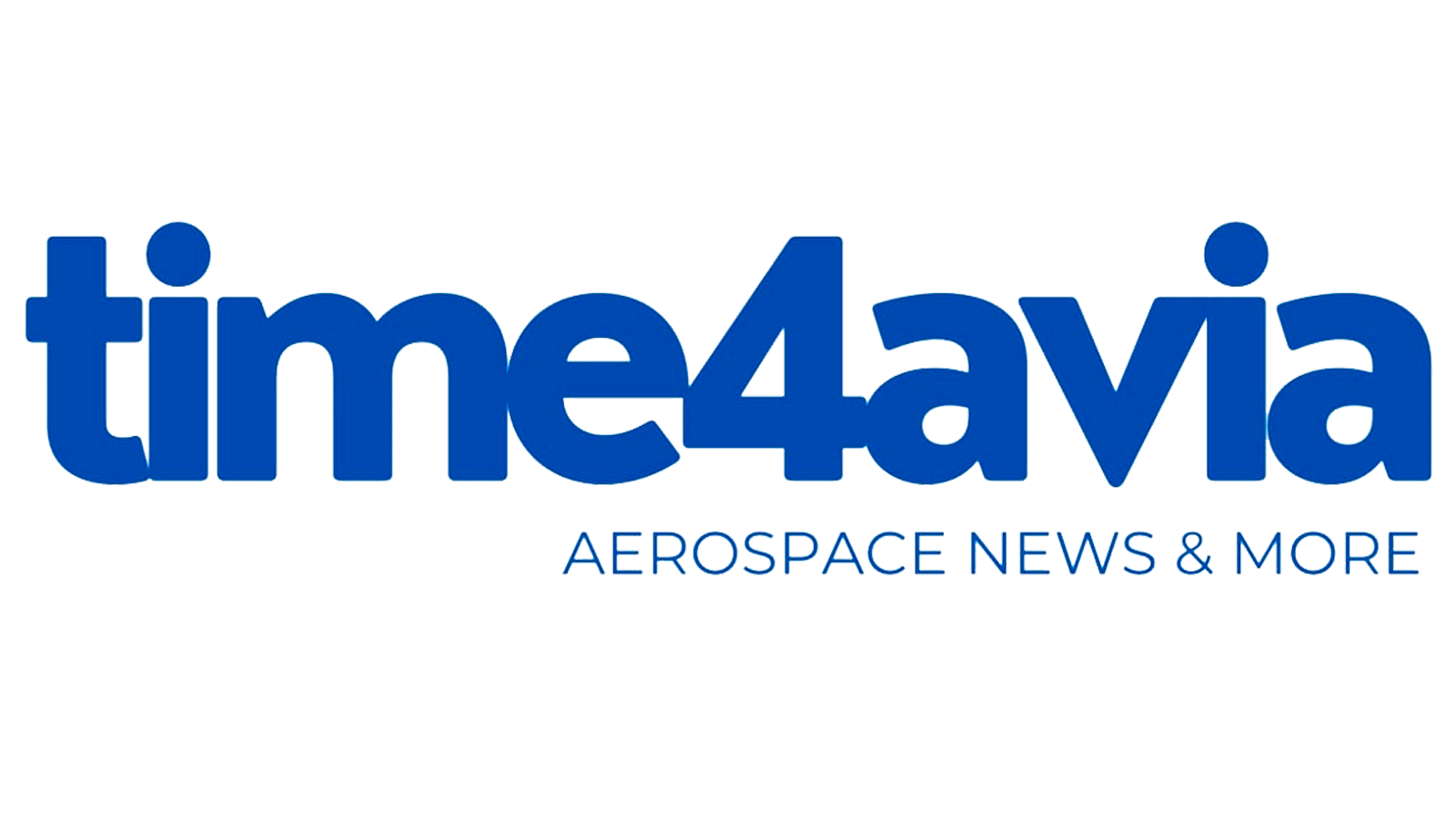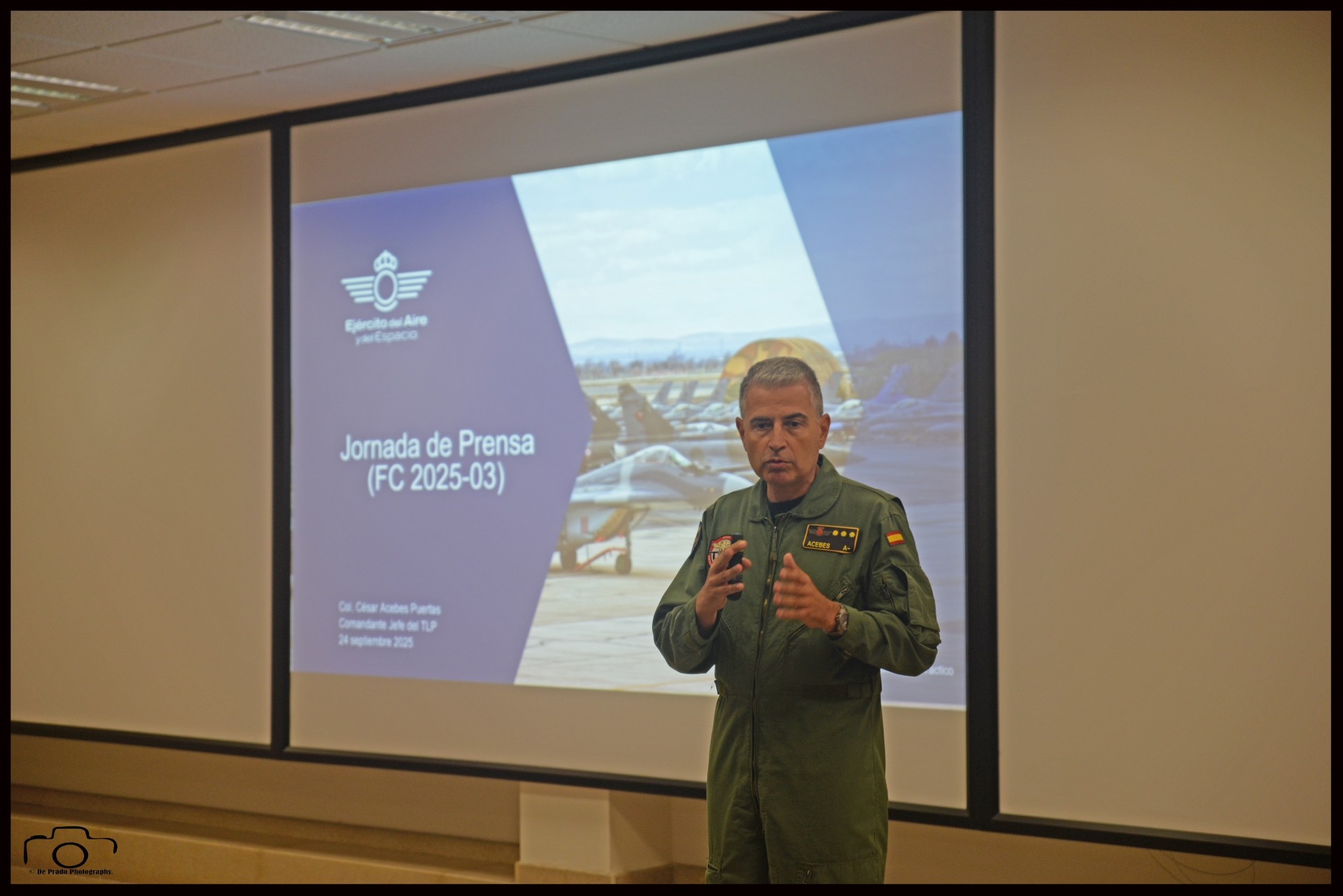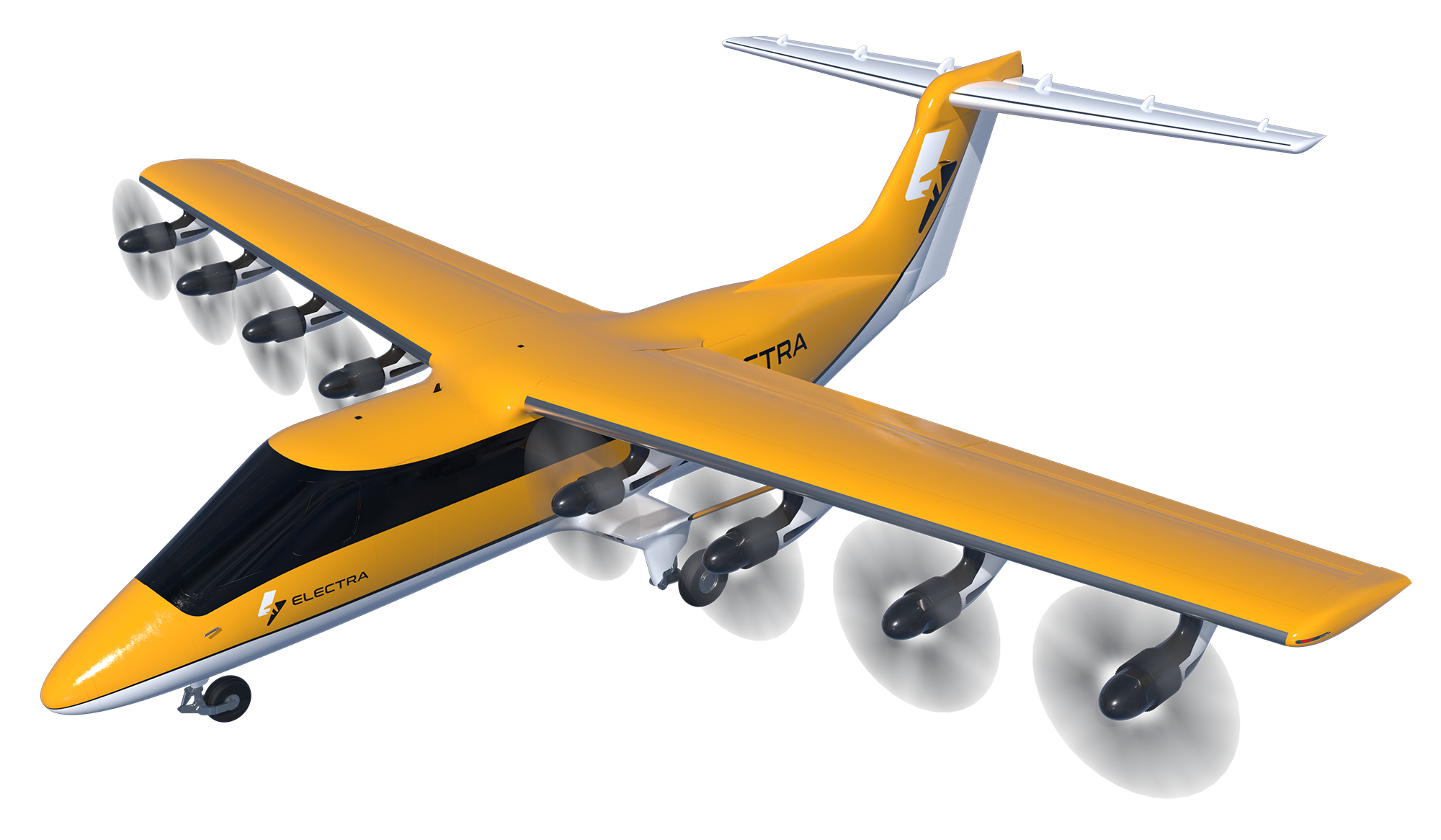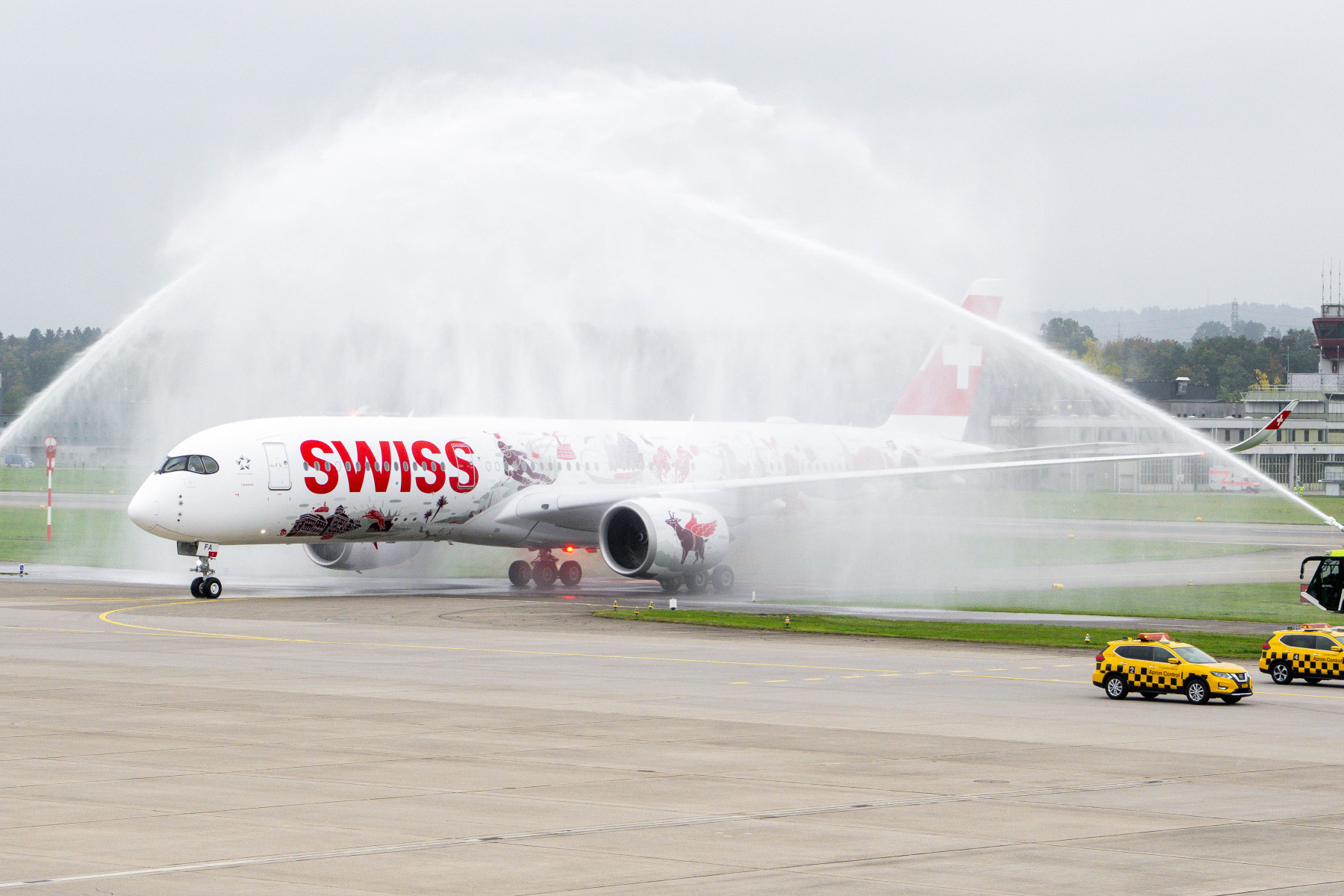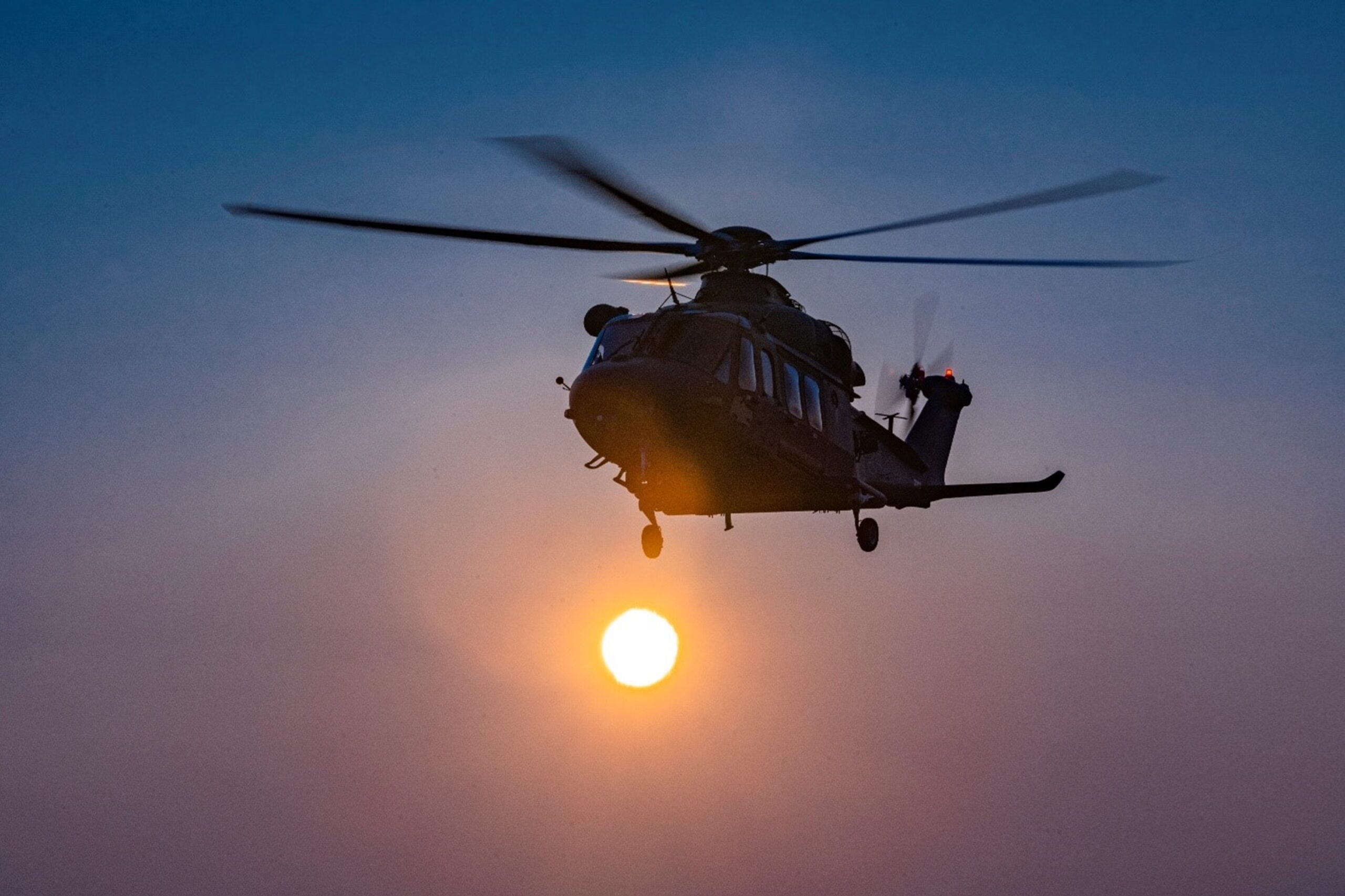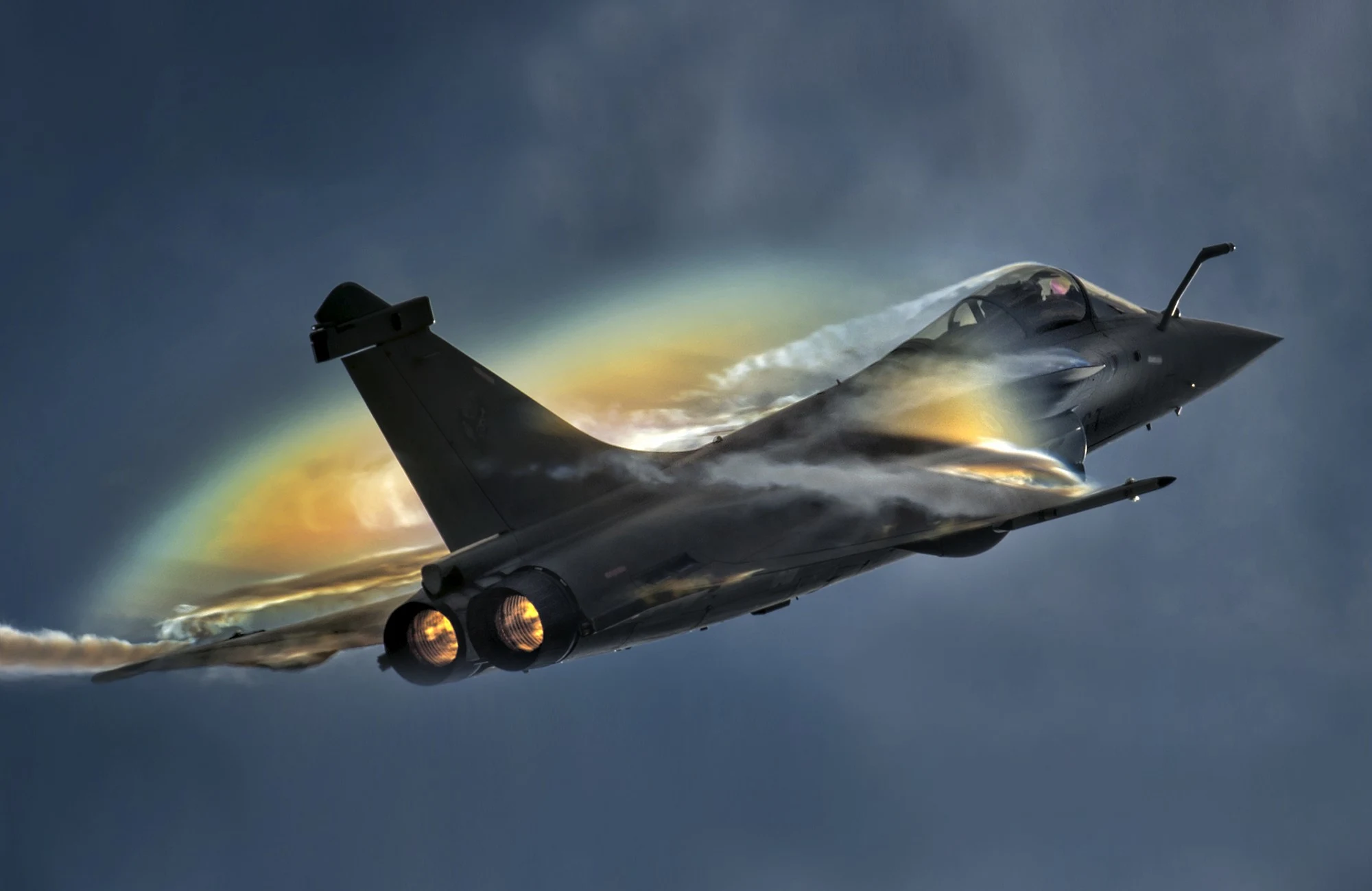This new edition of MRO Europe that we witnessed in Barcelona last October has been a great post-pandemic start with more than 591 exhibitors, from 95 countries, the most important companies in the sector, according to the organization, figures close to 8,000 visitors, closing a very positive balance of this event that took place on the 22nd and 23rd with conferences 23rd and 24th with exhibitions for visitors, which we attended to update information on news, future projects, which were shared by various professionals from the leading companies in the sector.
As we know, the aeronautical industry is rapidly expanding, demanding a large number of internal and external professionals, and this event will showcase aircraft maintenance.
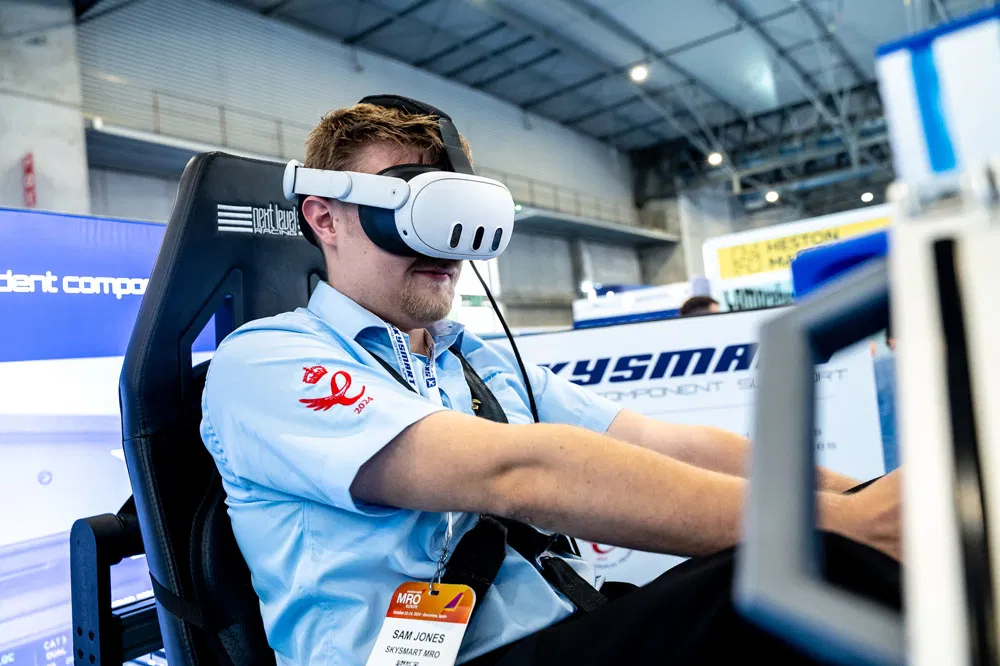
This new edition of MRO Europe that we witnessed in Barcelona last October has been a great post-pandemic start with more than 591 exhibitors, from 95 countries, the most important companies in the sector, according to the organization, figures close to 8,000 visitors, closing a very positive balance of this event that took place on the 22nd and 23rd with conferences 23rd and 24th with exhibitions for visitors, which we attended to update information on news, future projects, which were shared by various professionals from the leading companies in the sector.
As we know, the aeronautical industry is rapidly expanding, demanding a large number of internal and external professionals, and this event will showcase aircraft maintenance.
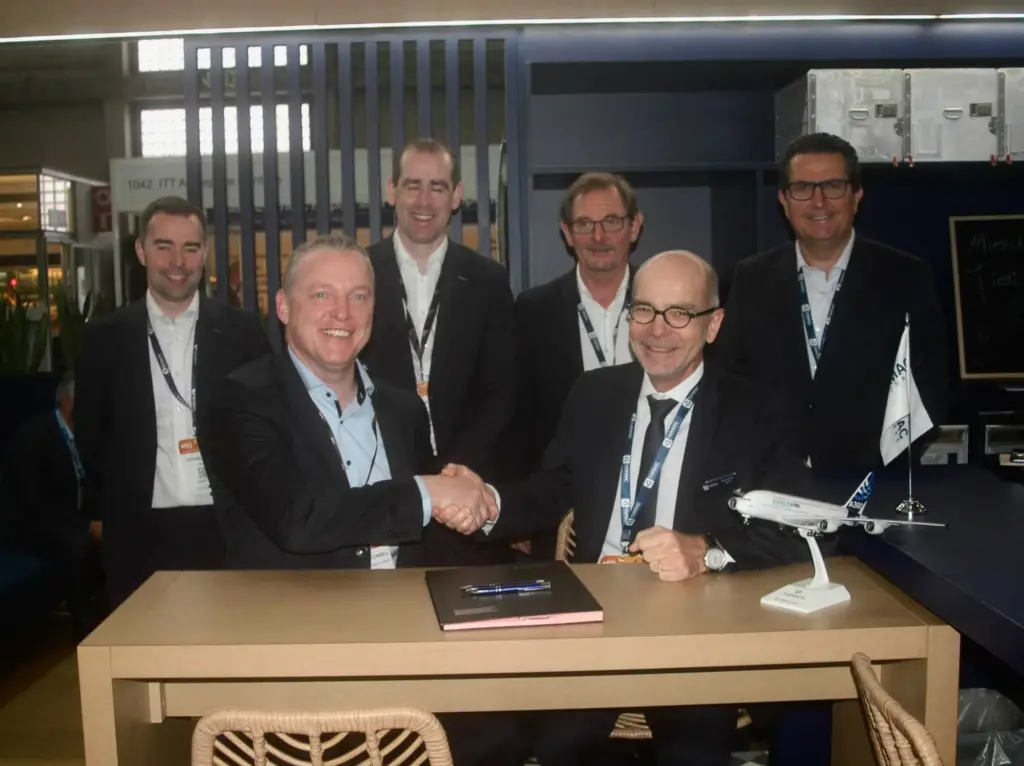
Overall, there was optimism regarding the sector’s strong growth rate, as we have already mentioned, with the expansion of airlines in terms of orders from major aircraft and engine manufacturers, which are expanding their fleets and consequently increasing the number of qualified staff. The sector’s high demand and lack of professionals require urgently promoting training projects.
From Lufthansa Technik, its representative Pia Lüdtke told us that her group alone requires nearly 2,000 professionals this year, 17% of the company’s workforce is women, and 24% of the contracts signed last August were for 339 new apprentices and dual-learning students in Germany. They have promoted a two-year training program, which includes their facilities in the Middle East and Asia. Last year, the training offered by Lufthansa Technik in Germany accounted for 94% of the total offered to cover their current workforce requirements. This is just one example, from one of the strongest groups, but it can be extended to medium- and small-sized companies, which find this even more difficult in the face of attractive job offers from large airlines.
North America, led by the United States, was a significant presence. It is the region with the highest estimated growth rate for the next decade, at 25%, followed by Europe (21%) and Asia-Pacific (18%), which account for more than 60% of companies, not to mention emerging markets such as India and the Middle East.
Several airports promoted their available facilities to host MRO companies, such as Florida, Oklahoma and airports in France to promote their different local projects.
National representation was prominent, with ITP Aero debuting a new corporate image at its trade show stand. At the official presentation held during the event on October 23rd, Eva Azoulay, CEO of ITP Aero, told the media: “This rebranding comes during a period of ambitious expansion for the company, marked by significant investments in R&D, industrial growth, and MRO capabilities.”
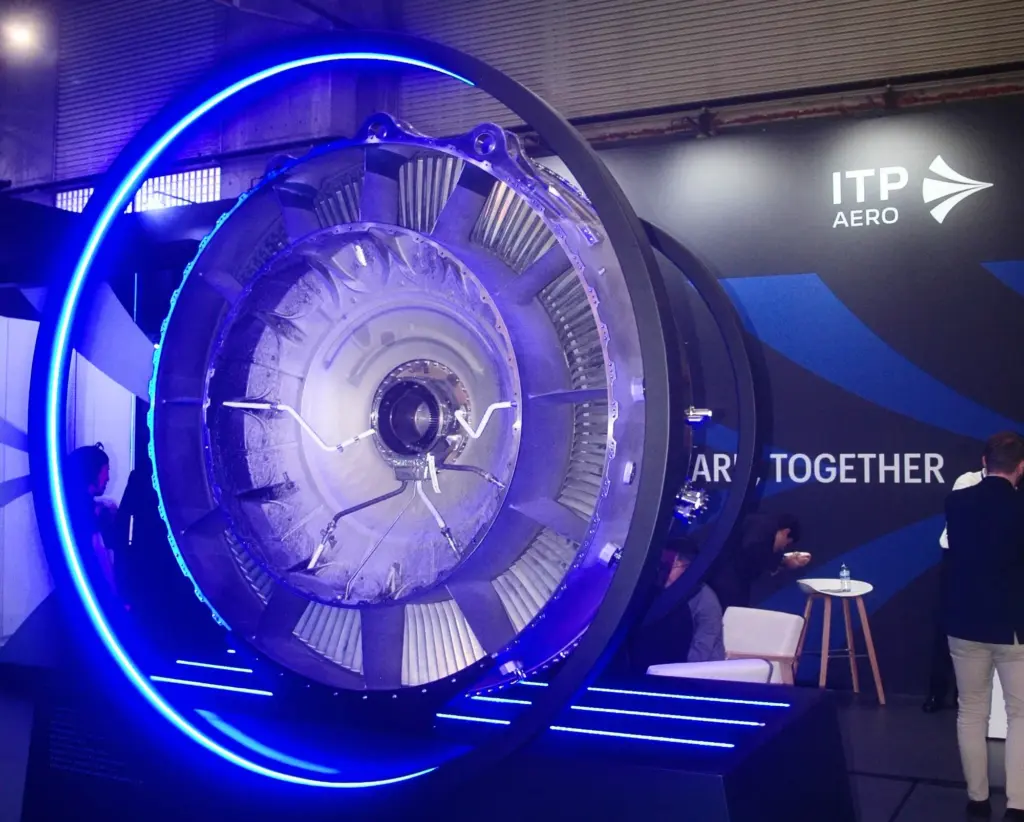
Overall, there was optimism regarding the sector’s strong growth rate, as we have already mentioned, with the expansion of airlines in terms of orders from major aircraft and engine manufacturers, which are expanding their fleets and consequently increasing the number of qualified staff. The sector’s high demand and lack of professionals require urgently promoting training projects.
From Lufthansa Technik, its representative Pia Lüdtke told us that her group alone requires nearly 2,000 professionals this year, 17% of the company’s workforce is women, and 24% of the contracts signed last August were for 339 new apprentices and dual-learning students in Germany. They have promoted a two-year training program, which includes their facilities in the Middle East and Asia. Last year, the training offered by Lufthansa Technik in Germany accounted for 94% of the total offered to cover their current workforce requirements. This is just one example, from one of the strongest groups, but it can be extended to medium- and small-sized companies, which find this even more difficult in the face of attractive job offers from large airlines.
North America, led by the United States, was a significant presence. It is the region with the highest estimated growth rate for the next decade, at 25%, followed by Europe (21%) and Asia-Pacific (18%), which account for more than 60% of companies, not to mention emerging markets such as India and the Middle East.
Several airports promoted their available facilities to host MRO companies, such as Florida, Oklahoma and airports in France to promote their different local projects.
National representation was prominent, with ITP Aero debuting a new corporate image at its trade show stand. At the official presentation held during the event on October 23rd, Eva Azoulay, CEO of ITP Aero, told the media: “This rebranding comes during a period of ambitious expansion for the company, marked by significant investments in R&D, industrial growth, and MRO capabilities.”
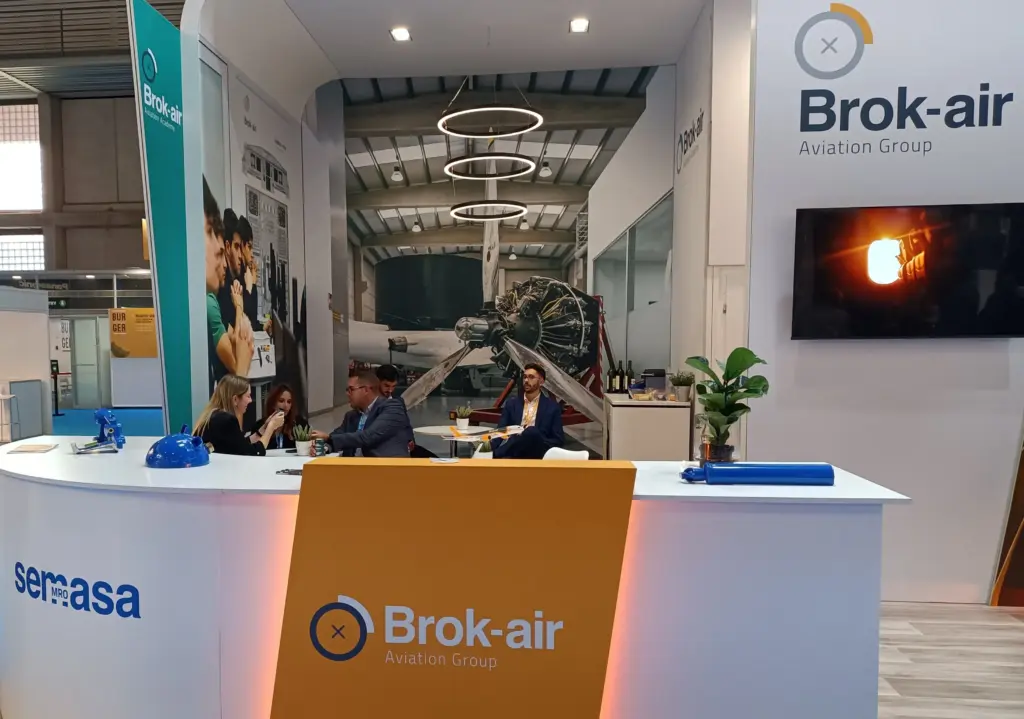
Aviationweek was also present with its large stand, which in our opinion is the magazine with the most information regarding this business and the next 7 MROs scheduled until May 2026. These events can be accessed through the following link: www.aviationweek.com
In short, we can say that these types of fairs bring together a large number of industry professionals in one place, which is a huge advantage. Overall, they allow people to learn about trends and new technologies and make contacts that would otherwise be difficult to achieve on a day-to-day basis. It’s a unique opportunity to foster networking and explore business opportunities in a unique environment.
*** The ATA100 is a tree classification system whose purpose is to structure in a general way from the aircraft as an element, to each of its parts. (Its explanation is in ANNEX 1)
It’s a universal aeronautical notation, and it ensures that everyone works with the same references when developing a system or when encountering a problem, regardless of the manufacturer or design firm providing the solution.
ANNEX 1
THE ATA100 SYSTEM:
It is a set of 6 digits grouped into three blocks of two digits each.
Subsystems (3rd digit level) identify the subsystems, according to the ATA definition: division and relevant content
Systems (1st and 2nd digit levels) are defined by the ATA (or AECMA) specification. They are used to identify the areas of the main systems.
The Systems and Subsystems used will appear in all Technical Documentation and must comply with the ATA (or AECMA) specification: they are identical, regardless of the manufacturer involved and/or the program to which they belong.
Sub-subsystems (4th digit level) identify the subsystems used within a Program, in accordance with the definition for the first three ATA digits. The 4th digit level is used to reflect the selected technical solutions.
The 5th and 6th digits identify each of the parts that make up the technical solution mentioned above.
MISCELLANEOUS
00: General/Introduction
01: Certification Documents
02: Certification – External Livery
03: Miscellaneous
04: In Service Flight Testing
85: Installation Drawings – Piping
86: Electrical/Electronic Drawings
88: Structural Test
89: Flight Test Installation
91: Main Wire Routing, Panels and Wiring List
92: Electric and Electronic Common Installation
AIRCRAFT GENERAL
05: Time Limits – Maintenance Checks
06: Dimensions and Areas
07: Lifting and Shoring
08: Leveling and Weighing
09: Towing and Taxiing
10: Parking, Mooring, Storage and Return to service
11: Placards and Markings
12: Servicing
AIRFRAME SYSTEMS
20: Standard Practices – Airframe
21: Air Conditioning
22: Auto Flight
23: Communications
24: Electrical Power
25: Equipment/Furnishings
26: Fire Protection
27: Flight Controls
28: Fuel
29: Hydraulic Power
30: Ice and Rain Protection
31: Indicating/Recording Systems
32: Landing Gear
33: Lights
34: Navigation
35: Oxygen
36: Pneumatic
38: Water/Waste
44: Cabin System
45: Onboard Maintenance Systems
46: Information Systems
47: Airborne Auxiliary Power
STRUCTURE
51: Standard Practices and Structures
52: Doors
53: Fuselage
54: Nacelles/Pylons
55: Stabilizers
56: Windows
57: Wings
POWER PLANT
70: Standard Practices – Engine
71: Power Plant
72: Engine
73: Engine Fuel and Control
74: Ignition
75: Air
76: Engine Controls
77: Engine Indicating
78: Exhaust
79: Oil
80: Starting
EXAMPLE OF ATA 76 STRUCTURE:
76-00-00: ENGINE CONTROLS – GENERAL
76-10-00: POWER CONTROL
76-11-00: THROTTLE CONTROL
76-12-00: ENGINE MASTER CONTROL
76-20-00: EMERGENCY SHUTDOWN
76-21-00: EMERGENCY SHUTDOWN SYSTEM
Read more: https://mantenimiento-aeronautico-obs.webnode.es/products/sistema-ata-100/
